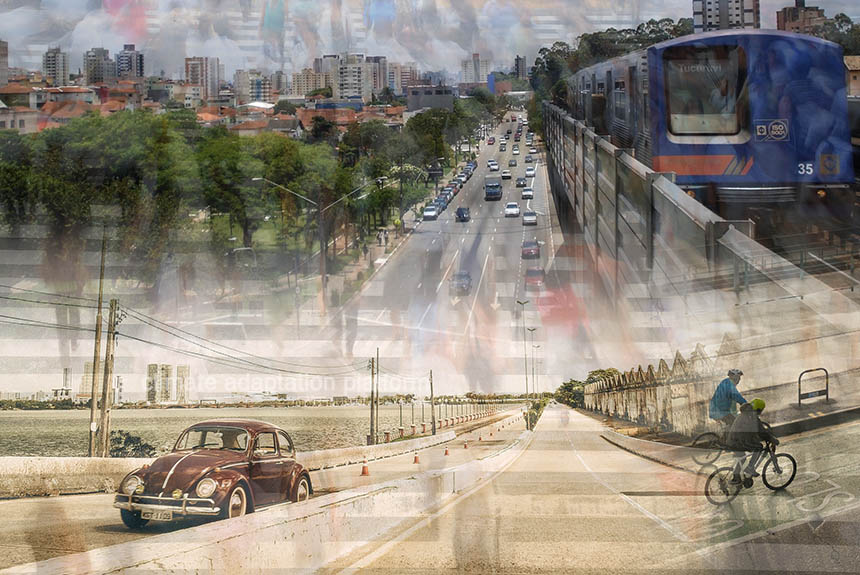Like many cities worldwide, Brazil’s urban development centres on cars and motor vehicles. This approach has resulted in high fatal car and road accident rates (30,000 deaths from road crashes per year) and high levels of congestion and pollution.
However, things have changed for the better in the last twenty years. When eight cities in Brazil—Campinas, Curitiba, Juiz de Fora, Niterói, Porto Alegre, Salvador, São José dos Campos, and São Paulo—implemented the “Complete Streets” concept, fatalities from road accidents started to decrease, and city centres became more vibrant, cleaner, and resilient.
What is a complete street?
While street safety heavily relies on changing an individual’s behaviour, such as wearing seatbelts and helmets, the complete street concept presents a paradigm shift. It emphasises creating or redesigning streets that are safe, accessible and enjoyable for drivers, bicyclists, transit vehicles and users, and pedestrians of all ages and abilities.
Complete streets also provide multimodal transportation infrastructure, such as bike lanes, broader sidewalks, benches, and green spaces, encouraging more people to use active modes of transport and reducing dependency on private cars.
In 2012, Brazil passed its Federal Mobility Law, prioritising public transportation, pedestrians, and cyclists over motorised vehicles. This led to a gradual shift in policies that encouraged more equitable and active modes of transportation.
Complete street program
The complete street approach seeks to de-prioritise cars, Brazil’s predominant culture in urban and transportation planning.
In 2017, WRI Brasil, in partnership with the National Front of Mayors (FNP), created the National Network for Low-Carbon Mobility. This network concluded its first cycle with 21 member cities and pilot projects implemented in Campinas, Curitiba, Juiz de Fora, Niterói, Porto Alegre, Salvador, São José dos Campos, and São Paulo. The report “Complete Streets in Brazil—Promoting a Paradigm Shift” documented these eight interventions.
Key Findings of the report:
- Complete streets can be widely implemented in Brazilian cities, considering the characteristics of urban context and local processes.
- The formation of city networks can facilitate the implementation of complete streets by promoting experience exchange.
- The implementation of complete streets requires joint action by different actors.
- A complete street project begins with the recognition of the local context.
- Community consultation is critical to the acceptance of complete street designs.
- Every urban intervention under complete street guidelines is important, regardless of scale.
- Measuring impact and disseminating results is essential to implementing and expanding complete streets.
Batista et al. (2024) mention that “WRI Brasil’s work helping cities implement Complete Streets projects shows how these interventions are efficient and convincing tools for promoting cultural change towards healthier people-centred cities. It is still to be seen if Complete Streets and other sustainable urban development and mobility interventions will scale to more cities. However, these good examples provide evidence for hope in Brazil and other countries seeking sustainable, equitable, and people-centric urban mobility solutions.”
Source:
Batista, B., Neto, R., & Correa, F. (2024, March 6). How “Complete Streets” Are Creating Safer, More Sustainable Cities in Brazil. World Resources Institute. Retrieved from https://www.wri.org/insights/complete-streets-safer-sustainable-brazil
Complete Streets in Brazil – Promoting a Paradigm Shift. (2023, June 12). World Resource Institute. Retrieved from https://www.wri.org/research/complete-streets-brazil-promoting-paradigm-shift



Leave a Reply